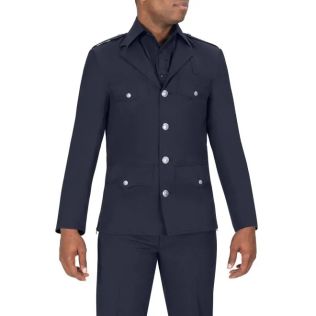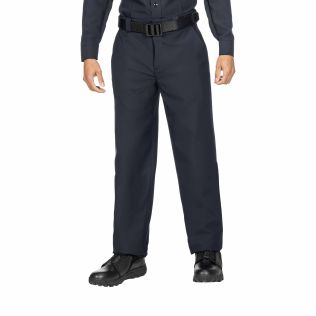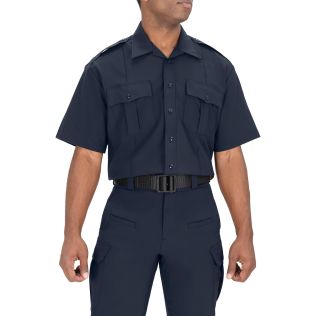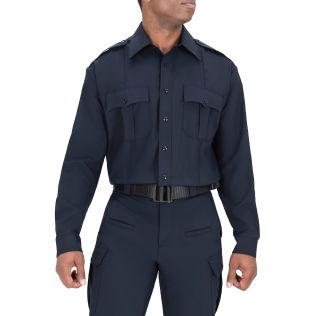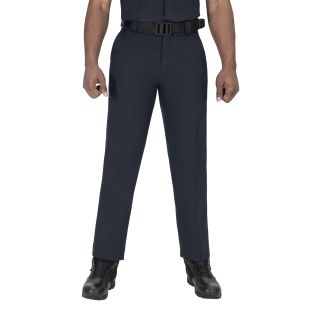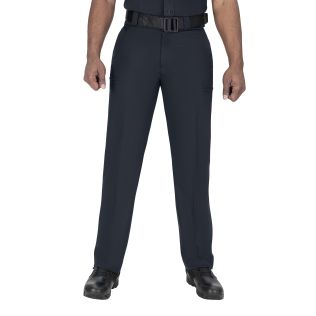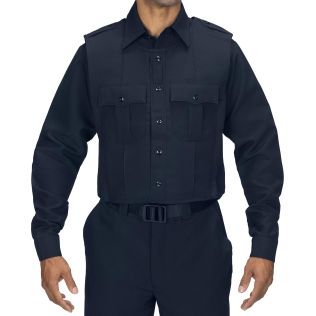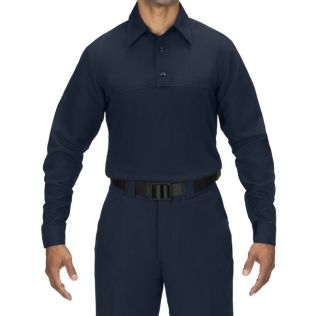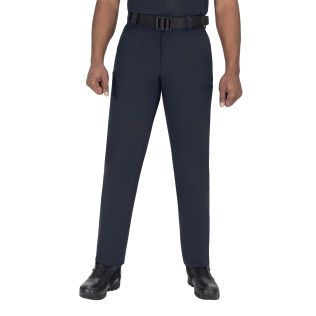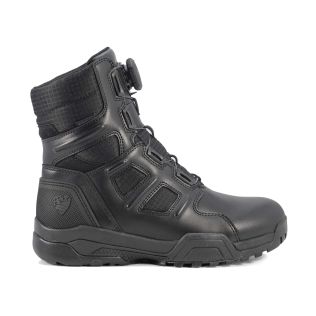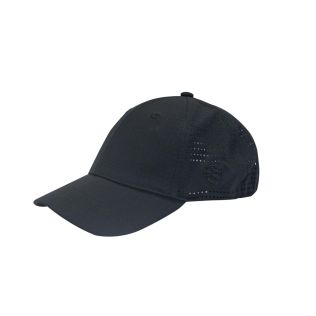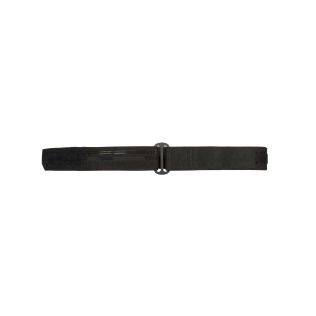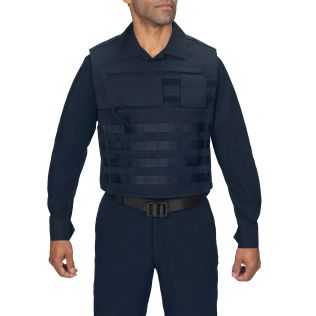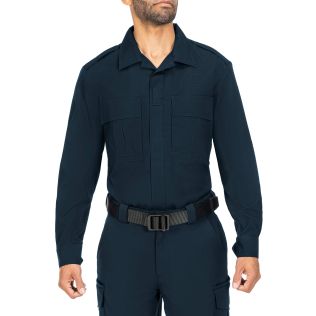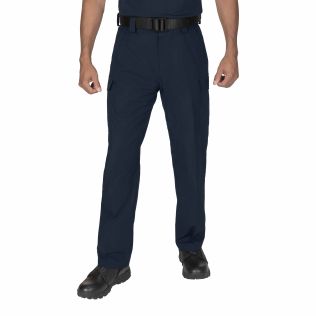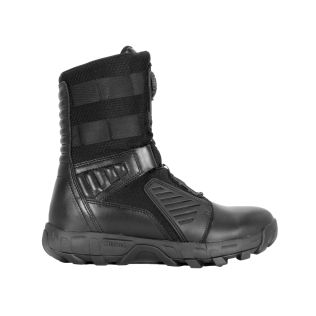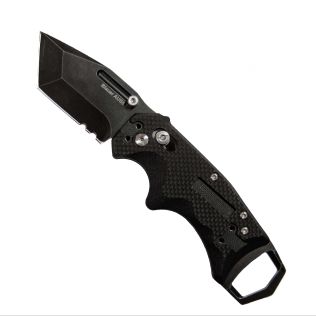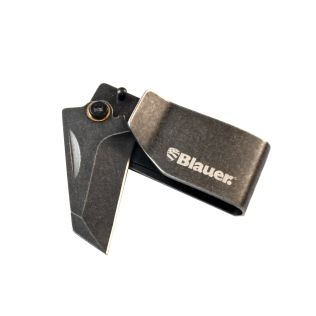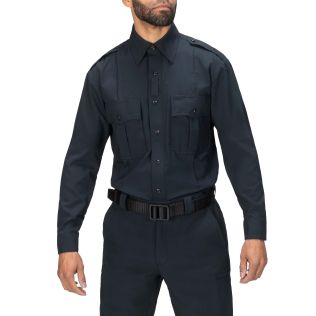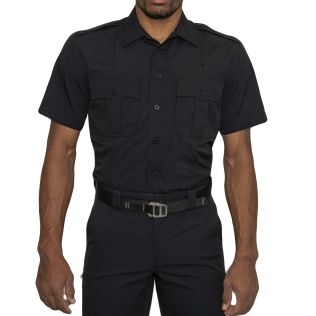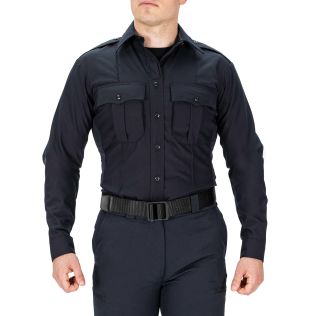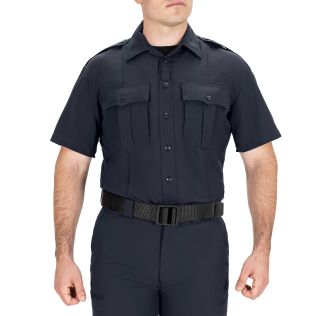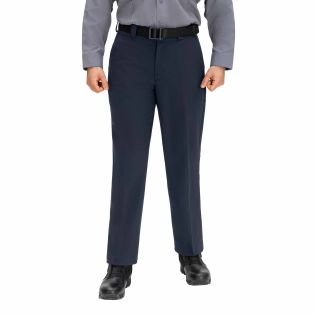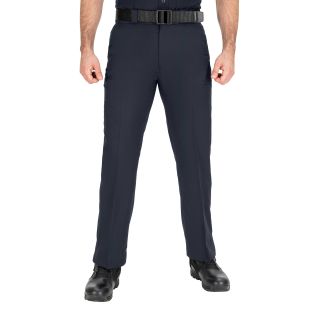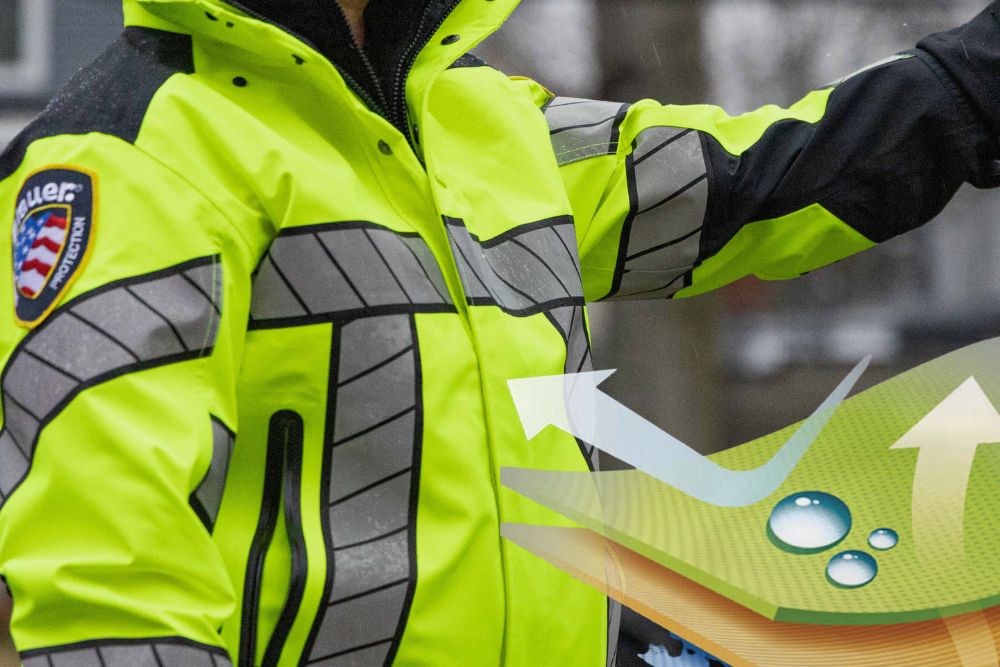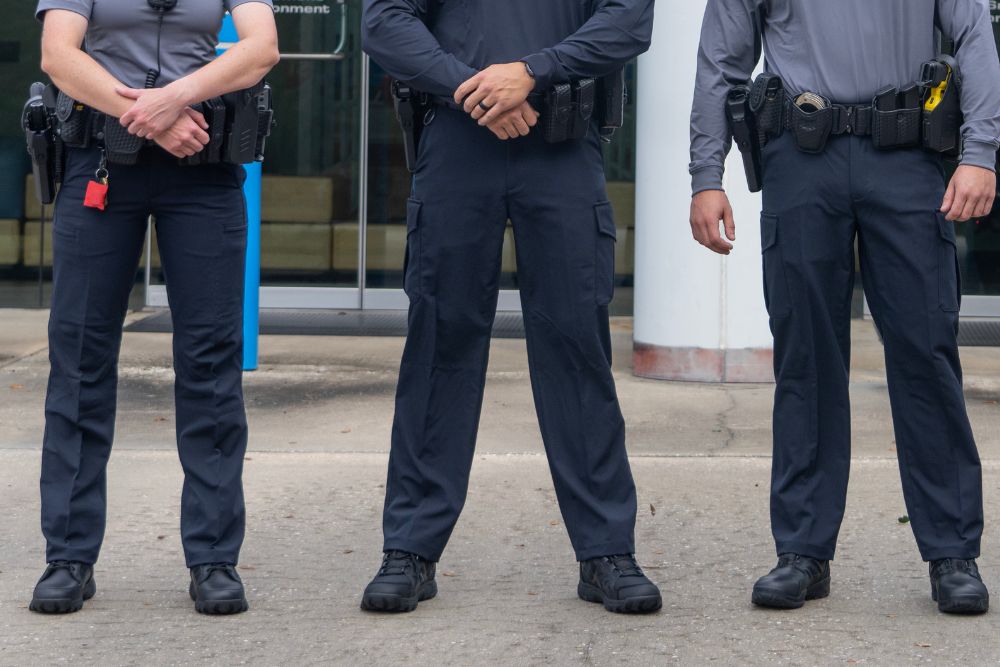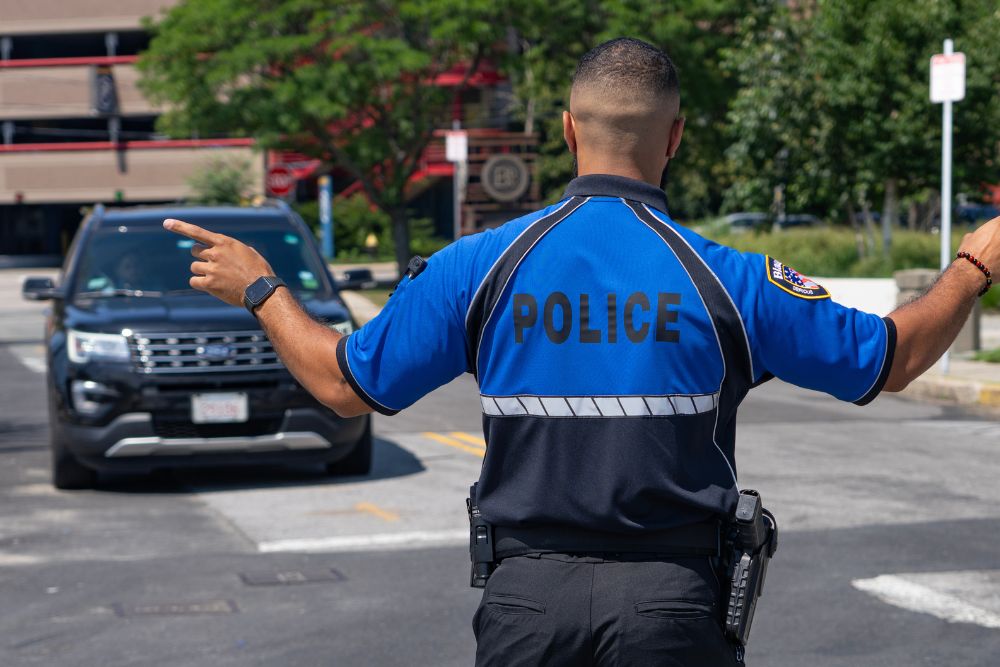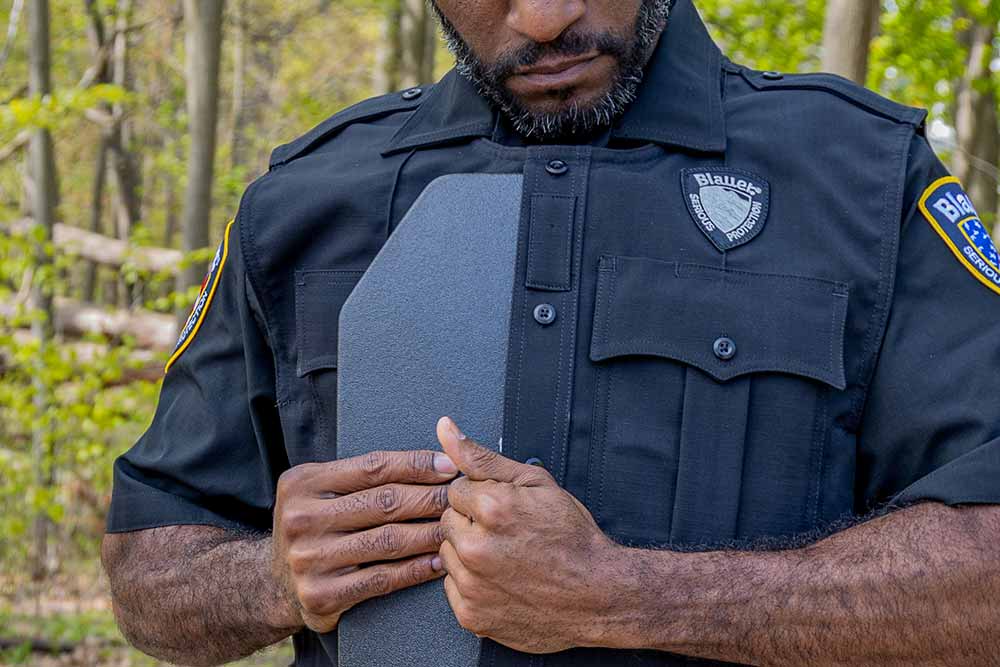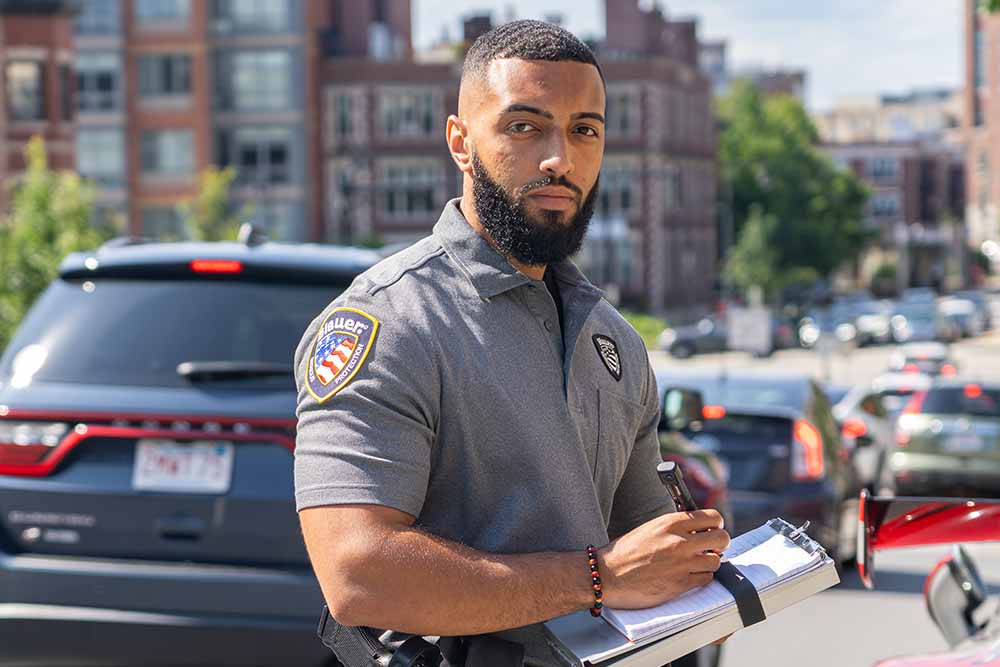

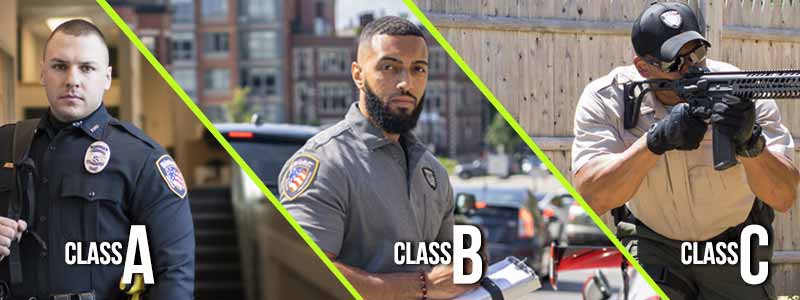
Whether referring to a military establishment or local first responders within a municipal or state agency, uniforms play a pivotal role in fostering a sense of unity and camaraderie among agency members. Police uniforms, firefighter uniforms, EMS uniforms and other first responder uniforms serve as potent symbols, not only communicating a sense of discipline and authority to colleagues, allies, and those subject to law enforcement, but also bearing the capacity to delineate rank, years of dedicated service, specialized assignments undertaken, and meritorious achievements throughout one's career. From a practical standpoint, uniforms establish almost a visual hierarchy, ensuring prompt recognition of commanding figures across diverse scenarios.
Most military and paramilitary (police) uniform services have at least three uniform classifications; Class A, Class B, and Class C. Class A uniforms are more formal and include a dress jacket, dress pants and custom insignia communicating the level of authority and experiences of the wearer. As such, Class A uniforms can be quite elaborate and are highly customizable. Class B uniforms are typically daily service or ‘everyday’ uniforms, most often worn as a button front uniform shirt and pant intended to be worn by members interacting with the public. Class C uniforms are “work” or specialty BDU (battle dress uniforms) uniforms for specific units, such as those needing to be stealthy and those which do more physically demanding tasks such as K9 patrol. Keep reading to learn more about the differences between Class A Uniforms, Class B Uniforms, and Class C Uniforms.
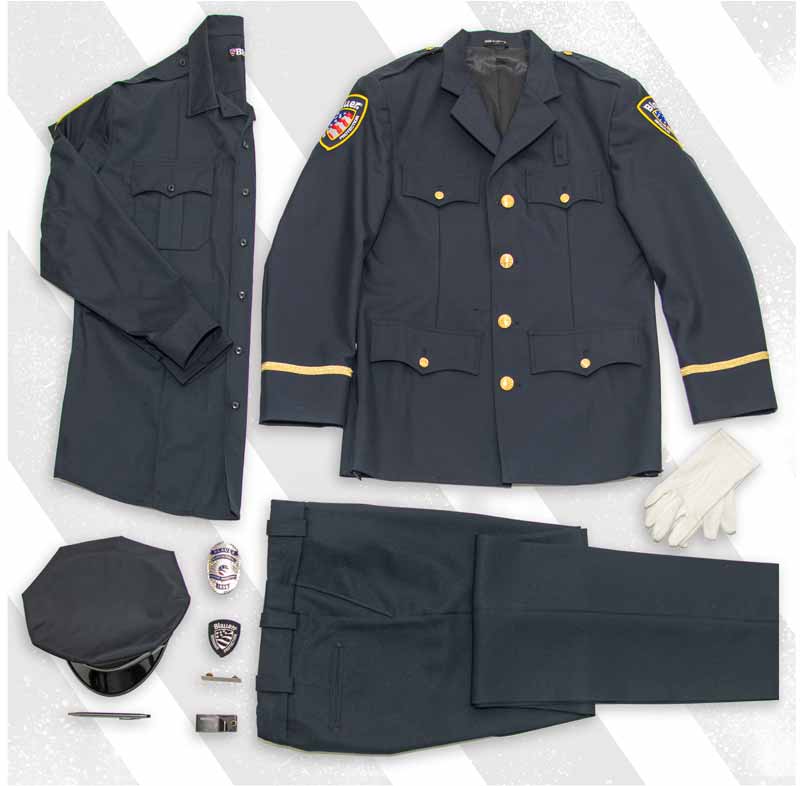

Class A Uniforms
Class A police uniforms are often referred to as the “dress uniform” for law enforcement officers but may also include an everyday uniform style as well. The more formal Class A uniforms or parade dress uniforms typically include dress uniform coats made from a dark wool or wool blend fabric, with heavy ornamentation such as epaulets or scalloped pockets that mimic the look of a military dress ensemble. Dress uniform pants are made from the same material, and many feature a stripe down the leg whose color denotes the rank of the wearer. Officers and others will classically don formal hats, white gloves, metal insignia, and ties as part of their dress uniform. The full-dress uniform is reserved for ceremonies, receptions, funerals, and other special occasions.
Today’s everyday Class A uniform is based on the Los Angeles Police Department LAPD uniform, a matching dark navy shirt and pant with few adornments. The less formal Class A uniform is made with dark navy-blue wool blend fabrics and include permanent military creases in both shirts and pants. Class A uniform pants are typically a 4 or 5 pocket design and often have a uniform stripe running down the side of the pant.
Shop The Look:
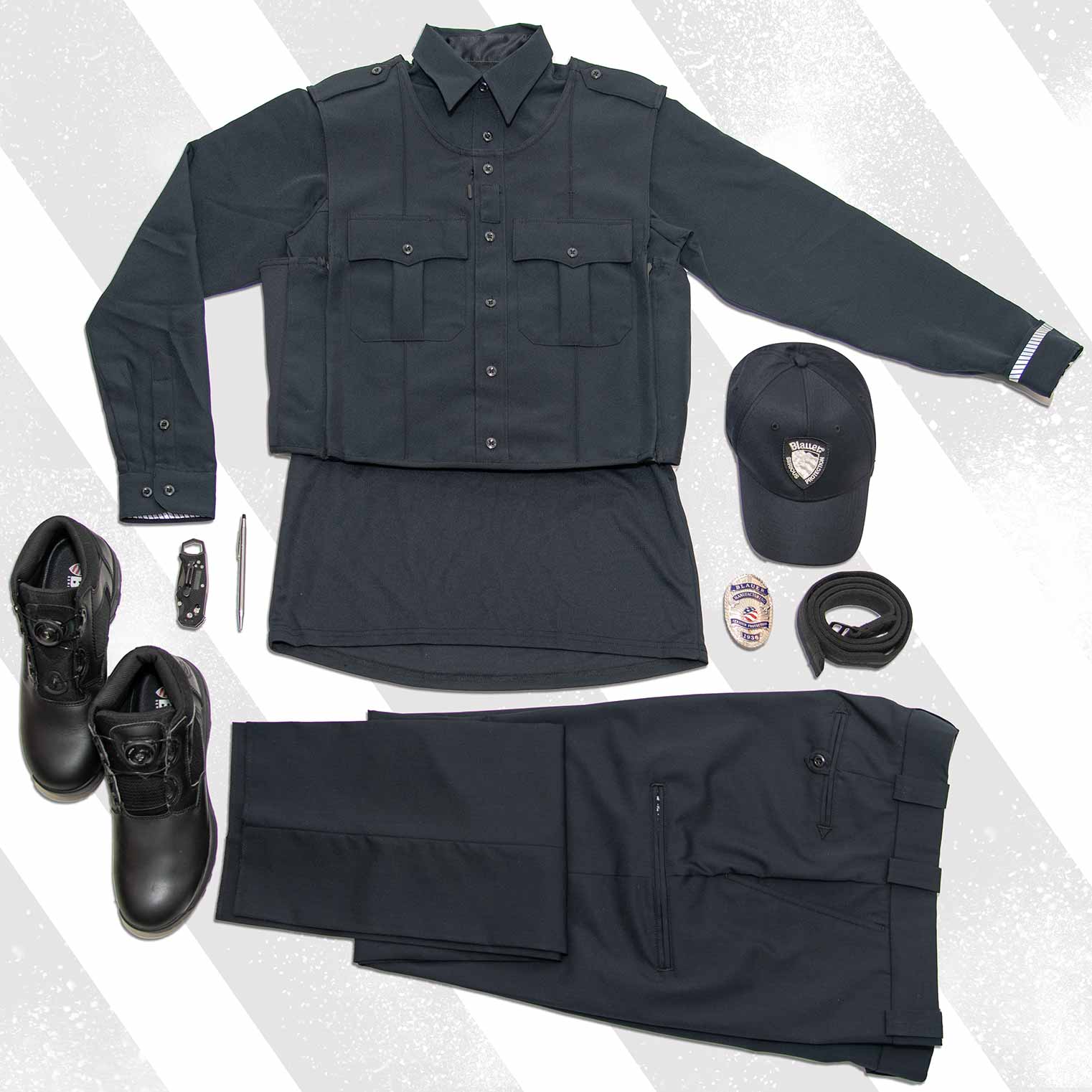

Class B Uniforms
Class B duty or operational uniforms may feature a more casual style with a relaxed fit, and are often used interchangeably with the Class A uniform for everyday duty. Class B uniforms are always home launderable, and are built for street duty wear. They are made from comparatively less-expensive, lighter-weight fabrics like polyester or polyester blends which hold their shape and last long. Class B uniforms maintain a crisp military style appearance, but may include cut in and cargo pockets in the pants, button front shirts, outer carriers tops (such as ArmorSkin) and matching uniform base shirts, all with military creases, seasonal approved outerwear, a round or pointed police hat or baseball cap, leather or PU leather black duty belt and pouches, metal badges and insignia, and black tactical boots or shoes.
Shop The Look:
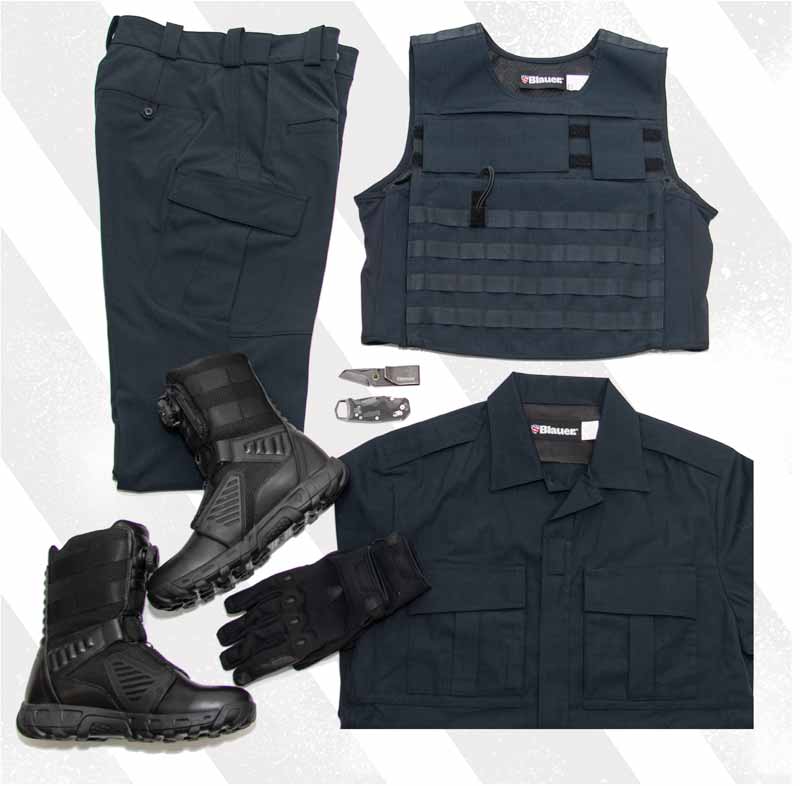

Class C Uniforms
Class C BDU style uniforms are less tailored and focus on comfort and mobility for special response emergency and tactical situations. Tactical uniforms are more athletic and military combat looking pants with reinforced seats and knees, bellowed side pocket trousers for gear storage, and flapped pocket shirts without military creases. Military style load bearing vests (LBV’s) may be paired with Class C uniforms, which often come sized in small, medium, large groupings and therefore do not fit all body types, as well as Class B uniforms which come waist and chest sized and may appear more loose-fitting or casual.
Even so, more departments have recently approved Class C uniforms as daily wear uniforms for their comfort and mobility. This may be a result of the wars the United States have been fighting overseas and the choices being made by returning vets, or the shifting nature of police reaction to incidents. Tactical uniforms are often made from military inspired ripstop fabrics, which are a little more flame resistant than Class B police uniform materials. A few manufacturers have noted the changes and are offering BDU’s (such as tactical pants and operational trousers) in waist sizes by the inch, which offer superior fit and appearance. Class C uniforms in warm weather areas may also include a polo shirt and tactical shorts styles. Typical accessories paired with BDU’s are lightweight nylon web belts and matching pouches, soft badges or embroidered badges, outer carrier vests such as the TacVest and base shirts, softshell fleece jackets or approved seasonal outerwear, and black boots.
Shop The Look:
Class A
Class A police uniforms are often referred to as the “dress uniform” for law enforcement officers but may also include an everyday uniform style as well. The more formal Class A uniforms or parade dress uniforms typically include dress uniform coats made from a dark wool or wool blend fabric, with heavy ornamentation such as epaulets or scalloped pockets that mimic the look of a military dress ensemble. Dress uniform pants are made from the same material, and many feature a stripe down the leg whose color denotes the rank of the wearer. Officers and others will classically don formal hats, white gloves, metal insignia, and ties as part of their dress uniform. The full-dress uniform is reserved for ceremonies, receptions, funerals, and other special occasions.
Today’s everyday Class A uniform is based on the Los Angeles Police Department LAPD uniform, a matching dark navy shirt and pant with few adornments. The less formal Class A uniform is made with dark navy-blue wool blend fabrics and include permanent military creases in both shirts and pants. Class A uniform pants are typically a 4 or 5 pocket design and often have a uniform stripe running down the side of the pant.
Class B
Class B duty or operational uniforms may feature a more casual style with a relaxed fit, and are often used interchangeably with the Class A uniform for everyday duty. Class B uniforms are always home launderable, and are built for street duty wear. They are made from comparatively less-expensive, lighter-weight fabrics like polyester or polyester blends which hold their shape and last long. Class B uniforms maintain a crisp military style appearance, but may include cut in and cargo pockets in the pants, button front shirts, matching outer carriers tops (such as ArmorSkin), and uniform base shirts, all with military creases, seasonal approved outerwear, a round or pointed police hat or baseball cap, leather or PU leather black duty belt and pouches, metal badges and insignia, and black tactical boots or shoes.
Class C
Class C BDU style uniforms are less tailored and focus on comfort and mobility for special response emergency and tactical situations. Tactical uniforms are more athletic and military combat looking pants with reinforced seats and knees, bellowed side pocket trousers for gear storage, and flapped pocket shirts without military creases. Military style load bearing vests (LBV’s) may be paired with Class C uniforms, which often come sized in small, medium, large groupings and therefore do not fit all body types, as well as Class B uniforms which come waist and chest sized and may appear more loose-fitting or casual.
Even so, more departments have recently approved Class C uniforms as daily wear uniforms for their comfort and mobility. This may be a result of the wars the United States have been fighting overseas and the choices being made by returning vets, or the shifting nature of police reaction to incidents. Tactical uniforms are often made from military inspired ripstop fabrics, which are a little more flame resistant than Class B police uniform materials. A few manufacturers have noted the changes and are offering BDU’s (such as tactical pants and operational trousers) in waist sizes by the inch, which offer superior fit and appearance. Class C uniforms in warm weather areas may also include a polo shirt and tactical shorts styles. Typical accessories paired with BDU’s are lightweight nylon web belts and matching pouches, soft badges or embroidered badges, outer carrier vests such as the TacVest and base shirts, softshell fleece jackets or approved seasonal outerwear, and black boots.
Which Class is Right for Your Agency?
This depends on many factors which must be weighed by the Chief of the department with input from a uniform committee and maybe the Chief of Operations and Patrol. While it is true that unforms' Classes are trending towards a blending of each other, it is still possible to choose a direction that is either more traditional or more tactical. From there, the look and performance of the uniform, fabrics, designs, and accessories can be chosen.
Traditional or tactical fitted, authoritative, professional looking and feature rich uniforms are available to fit every male and female officer. Field reps are available (click here to contact yours) to walk agencies through the many options and direct them to stock products that are available at all times, off the shelf and ready for local customization.


